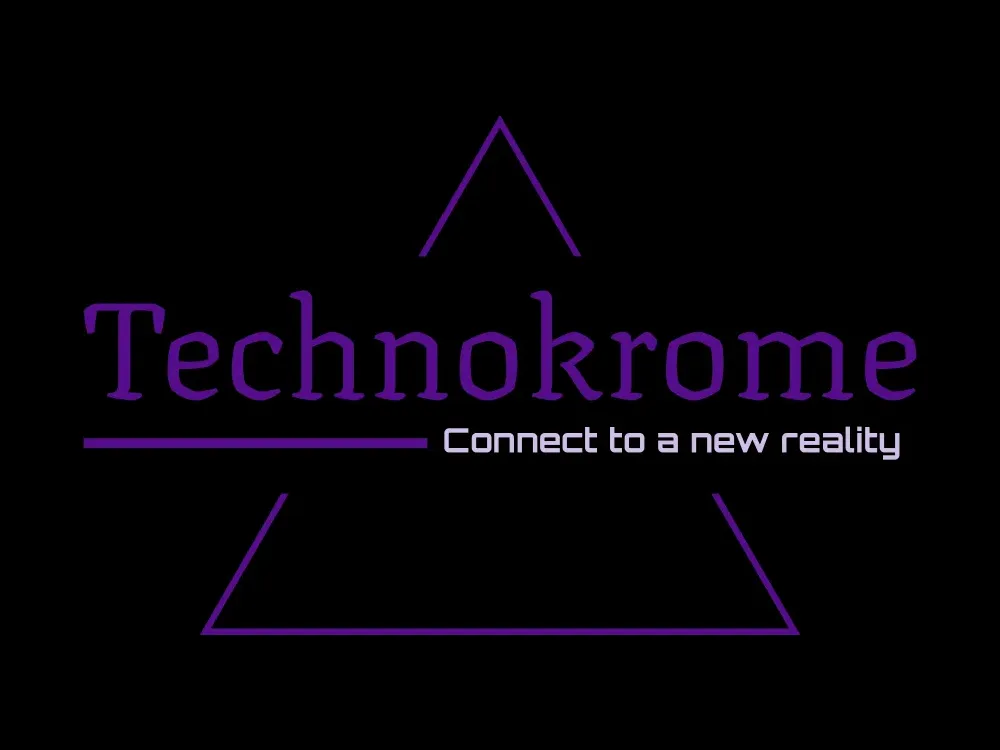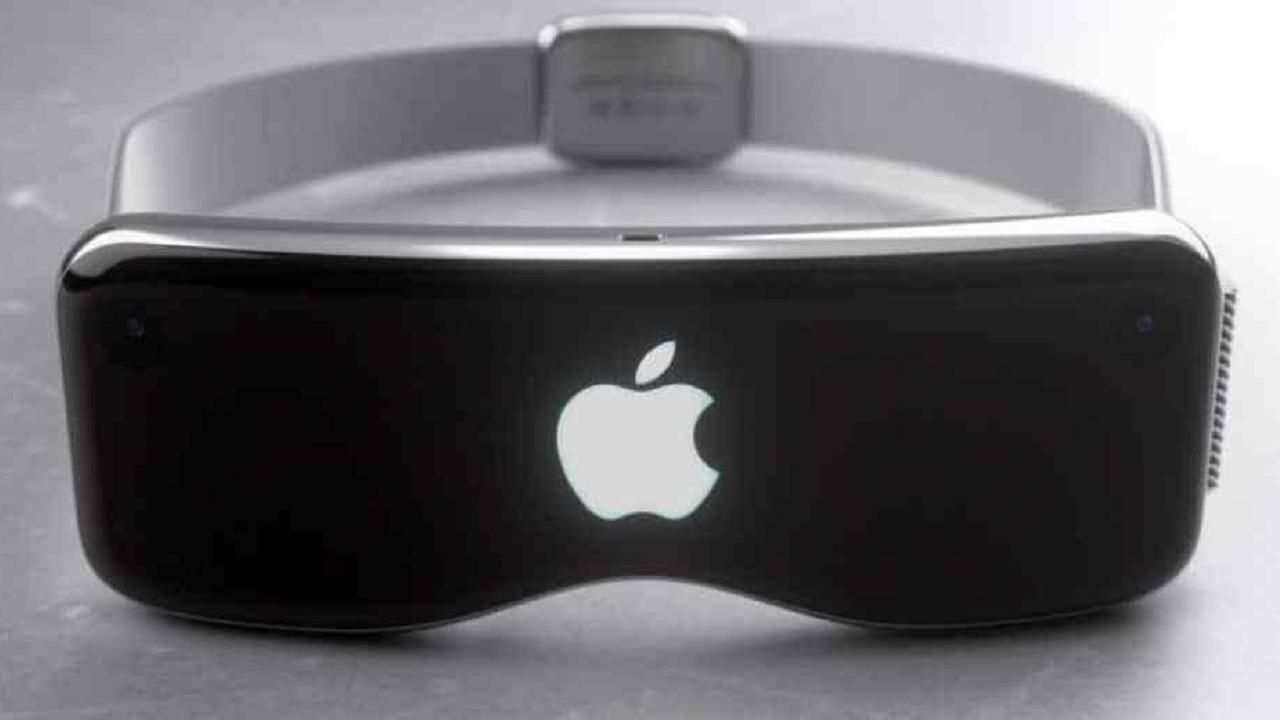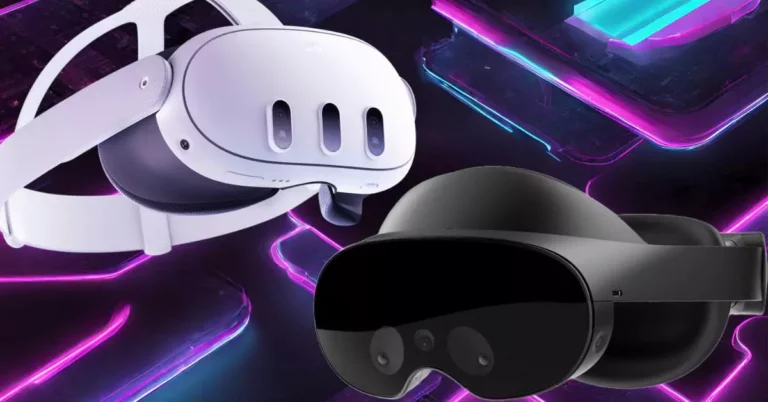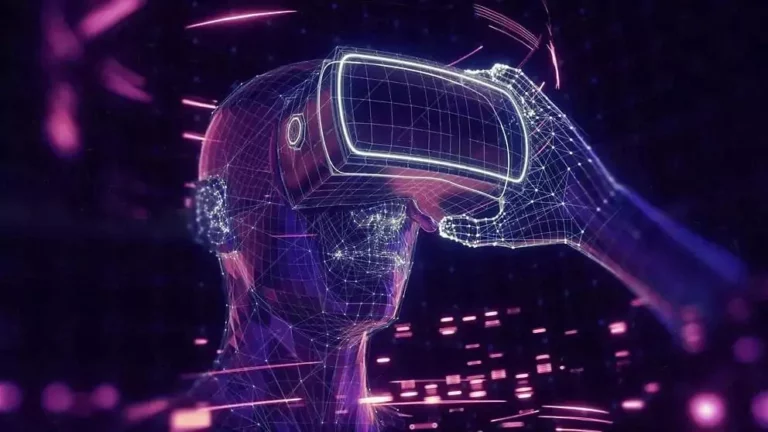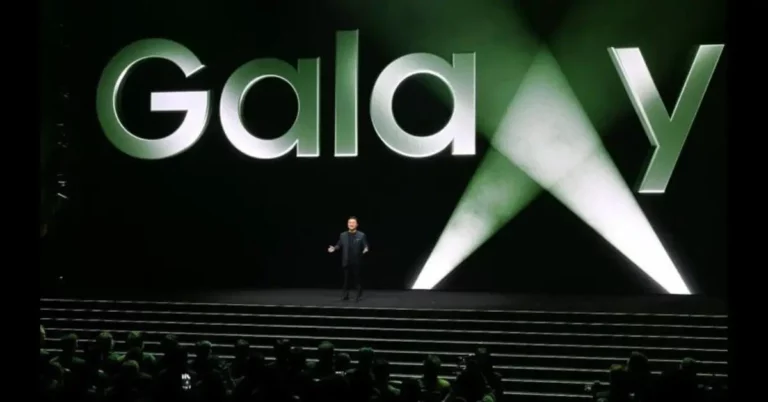There have been rumors swirling around that Apple may release a VR headset of their own sometime next year. Apparently, the product will offer players a mixed reality experience and will incorporate their signature minimalistic design overall.
Ming-Chi Kuo, an analyst at TF International Securities who collects intel from his contacts in the supply chain at Apple Asia, has made claims similar to that of Bloomberg. All of whom seem to agree on the fact that Apple may very well launch a standalone headset next year for their foray into the virtual reality industry.
Previously, Kuo had made claims regarding Meta launching a new product – the Oculus Quest 2 Pro, sometime in the second half of this year. Note that while both Meta and Apple’s products have not been confirmed yet by the companies, yet there are grand expectations making rounds in the industry regarding how premium of a product Apple will come to produce. This may even give stiff competition to the current dominant headset in the market, Meta’s Quest 2.
Let’s get into more technical details of what people are claiming so far.
Table of Contents
Operating System
Leading media and data company Bloomberg, has contributed to claims regarding Apple developing a new operating system for virtual reality. Back in 2017, it claimed that Apple was working on something called an ‘r0S’ which stood for ‘reality operating system’.
In December and January respectively, we have had job listings for ‘AR/VR Frameworks Engineer’ and iOS developers claiming to have spotted packages uploaded to the Apple App store that indicated something in the pipeline for VR software. The code package named ‘com.apple.platform.realityos’ seemed to suggest that the mega-corp had been developing software that could be integrated in their VR systems.
It is also interesting to learn that Apple had also been working on open-source code that would help developers test VR interface applications. This is exhibited by the fact that the company had been observed adding code to its Github repository back in February. The features that had code revised in it were named ‘TARGET_FEATURE_REALITYOS’ and ‘realityOS_simulator’ respectively.
As the Meta Quest 2, HTC Vive and Pico Neo 3 all use altered versions of Google’s Android, it will definitely be exciting to watch if Apple comes up with its own unique software that works just as fluidly as their MacBooks.
Performance
Speaking of MacBooks, Apple uses ARM-based architecture with one of its chipsets and that is the Apple M1 processor. It works as a CPU for its lower-end Macs but since it may just be the fastest single-core performing chip out of its notebook lineup, we cannot deny that it is highly impressive that they, according to rumors, are thinking of using this in their VR equipment. If the chipset is actually seen in Apple’s VR product according to Kuo, it would most certainly bridge any latent gaps present in existing headsets in the market.
The M1’s multi-core performance can be said to be on par with Apple’s desktops since it processes large chunks of data swiftly. Therefore, providing low latency regarding computing power and an overall higher throughput. The M1 discards the requirement of having to copy data between memories, thus making it faster than its competitors.
Now imagine having this processor to power your VR headset. The absurd level of performance their product would showcase – will alone be enough to sell huge numbers of this VR headset across regions. Despite having issues with bricking its host products during charging through USB-C, the M1 would still remain one of the most energy efficient chips around. Consuming much less battery life than Intel-based MacBooks, it would certainly be a joy to have in a VR headset. The chip could prove to be twice as powerful than the current dominating VR chipset i.e, the Snapdragon XR2 by Qualcomm, which is basically a glorified smartphone processer at this point. The splendid performability of the M1 in VR headsets during gameplay would generously extend time spent on engaging with 3D gaming.
The processor however, does have another issue where there have been bilateral data exchanges between two sandboxed applications without the knowledge of the user. This could expose users’ privacy to security breaches in the Metaverse, or Web3, if you will. Not like there already haven’t been enough hackers prowling around the crypto space.
Design
As we already know, Apple has always prided itself on their minimalistic yet premium designs when it comes to how their products look. And with each consecutive gen, they have tried to make their lineup thinner and more portable than the previous.
VR headsets are known to be heavy and uncomfortable, especially on the player’s face. Meta’s Quest 2 has also exhibited issues with irregular weight distribution. This is the reason why folks always look for 3rd party straps to replace its original inconvenient sock strap. Take a look at this, if you are among those users who are suffering from chaffed cheekbones due to long hours of VR gaming and need a substitute to ease the pain as well provide an even weight distribution for the Quest 2.
Apple is apparently looking to improve upon this issue and make use of a “fabric exterior” to relive users’ discomfort. The Information, a subscription based technology publication, had claimed to have viewed images of a prototype that flaunted a curved visor that would be held in place along the user’s face with the help of “mesh material and swappable headbands”. As convenient and fresh as that sounds, it is still too early to speak regarding how well the concept can be executed. But the render below can impart a basic idea of how it could look.
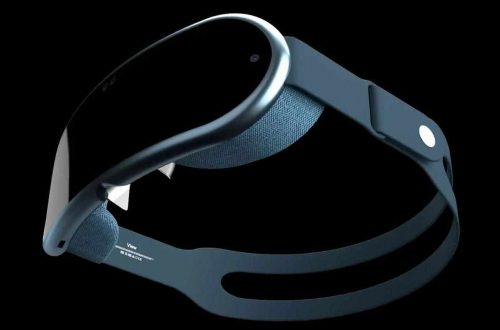
With Kuo claiming that first-gen models of the headset will be around 400 grams, as opposed to the Quest 2 that weighs just over 500 grams; we still have expectations that future models will enhance design aspects by making it much lighter.
Display
It is expected at this point for Apple to have high resolution displays in their products. However, there may be a slight discrepancy among claims that say Apple’s headset will feature either dual 4K or dual 8K displays. We do not have much information regarding the technical specifications of exactly how the company decides to provide enhanced resolution displays but Kuo claims that the headset will probably feature 4K OLED microdisplays.
OLEDs indisputably offer the best display panels in the world. This being a display where organic molecules produce their own light as opposed to LCD or LED panels that use a backlight to illuminate their pixel. The usage of OLED would quite visibly form a huge gap between existing headsets that use LCD displays.
Microdisplays, despite being expensive, also offer a stark difference in resolution as compared to current LEDs. They have a faster response time as well give blacker blacks and an overall natural RGB balance to the display. At the very least, if Apple provides 4K dual OLED microdisplays in their headsets, it would definitely be leagues apart from Meta’s Quest 2 that makes use of LCD panels with a resolution of about 1.8K per eye. Pico’s Neo 3 also features an LCD display panel with a resolution of 3664 x 1920 and a PPI of 818 px.
Controls
Now what could potentially be more ground-breaking with respect to VR controls than a tiny device that could be worn on a finger. A device that can be used to track hand movements during virtual gaming and all of that conveniently placed at the tip of a finger?
According to Bloomberg, Apple will keep its VR headset free of cumbersome controllers that more often than not, are just too unwieldy to operate. Now how does one exactly navigate through virtual reality without the use of controllers to track movement? Well according to a report by The Information, Apple will be developing a “thimble-like” gadget that would allow people to commandeer through AR and VR from their fingers.
This wearable device can apparently be sported on one’s finger and will be able to track “finger movements with reference to any surface, including, in some cases, the surface of another finger, the user’s palm, and so on” according to a patent application made by Apple itself. We reckon this device will be used to input information to their integrated VR interface and will help players to sail smoothly during gameplay.
User Experience
The Information has also reported that Apple’s headset may feature a “hybrid” of both virtual and augmented reality. Color passthrough cameras may be used for this purpose as existing headsets are only able to show black & white views of the surroundings. Color passthrough cameras mounted on a VR headset will offer an additional peripheral view of your environment in real-time.
Since passthrough cameras use IR sensors to map environmental dimensions, they will allow players to look through the frontal view of their headset and perceive real-world ambience. Not counting the fact that using color cameras may have a negative impact on tracking movements, this could actually turn things around for generic VR camera sensors. Since existing cameras use sensors that can adequately track movements, same cannot be said for color passthrough cameras as these will not be able to efficiently carry out inside-out tracking, thereby significantly reducing gameplay experience.
Although this isn’t as inventive as one might imagine, since Meta has already claimed to have been using a similar camera setup for its Project Cambria, that is expected to enable both AR and VR as well. Either way, if Apple manages to enhance tracking accuracy of its color passthrough cameras, it will definitely be one of the top performing VR units offering a mixed reality experience to users.
When can we expect it?
Codenamed N301, Apple’s headset is claimed to be released sometime in the second half of 2022. Kuo has narrowed down the product launch to Q4 2022. However, more recently Bloomberg said that due to “challenges” faced with software overheating, the launch could be delayed to early 2023. Using the high-end M1 processor in a headset that has been trimmed down in size, could be the reason behind the overheating.
If we talk about the price tag, of course such a premium product with quite a few creative features, would be pricey to say the least. To top it off, the brand value alone could raise the cost up a few notches. With Bloomberg claiming that Apple might be considering prices “north of $2000”, it is evident that this would not be sold anywhere close to Meta products’ price ranges. The Quest 2 currently costs about $300 and having a high-end Apple product nearly 7 times the cost of existing headsets – is undoubtedly a luxury that can only be afforded by a few. Having said that, Bloomberg also reports that Apple, on the contrary expects sales to be somewhat around a million units in the first year itself. Quite the optimism there, fellows. But then again, quality and hype can sell just about anything. And with nearly every major company expanding their business in the virtual world, specifically the Metaverse – it wouldn’t exactly be a surprise if Apple’s newest product sells out within a week.
